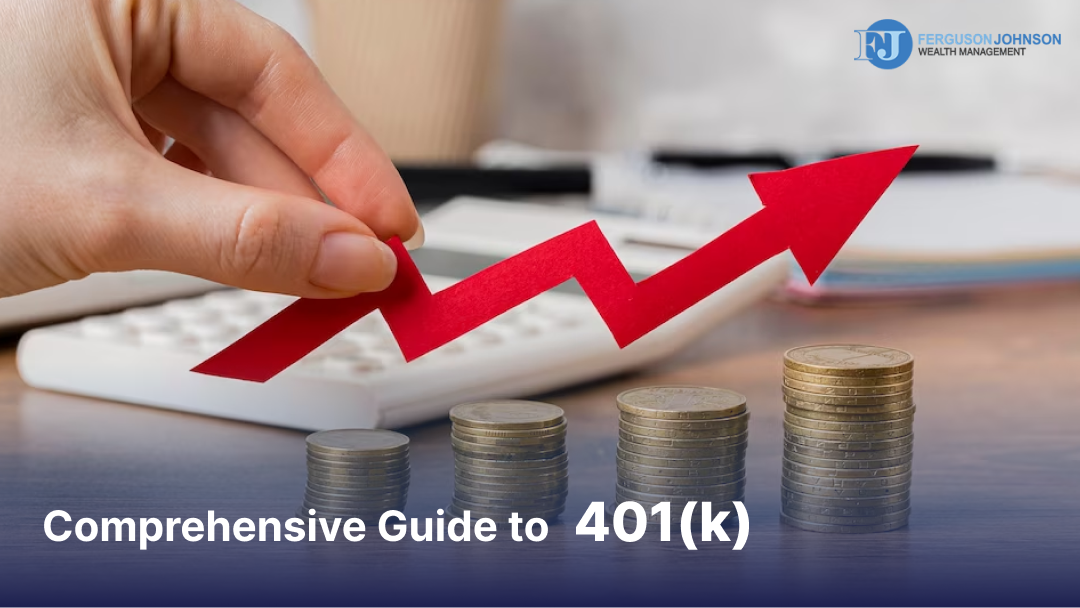What Is a 401(k)? A 401(k) is an employer-provided retirement savings plan offering tax benefits to encourage long-term investment and savings for retirement. The plans are typically included in employee benefit packages. Benefits of a 401(k) One of the primary benefits of a 401(k) is the tax advantages offered. With a 401(k), your savings grow […]


